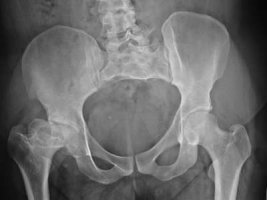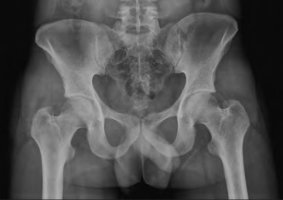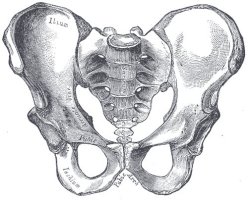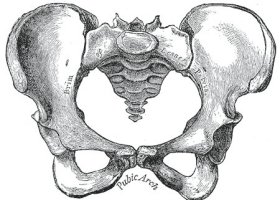|
|
|||||||
| Project Topics | |||||||
| Non-rigid Registration of 3D Face Model | |||||||
This project performs non-rigid registration of a reference 3D face model to some targets. The targets can be other 3D face models or skull models with known tissue depth or other appropriate targets. The non-rigid model can be any suitable model such as thin-plate spline. The objective of the project is to investiage the best technique for performing non-rigid registration of 3D face model. Project Requirements: > Develop an algorithm for non-rigid registration of a 3D face model. > The algorithm should be general enough to registering any 3D face model to some designated targets. > The registered 3D face model should look like the faces of the targets. You may use any mesh model of face or the following model: > 3D mesh model of face > explanation of file format of 3D mesh model of face > texture map of 3D face model Grading Criteria: > The algorithm should be as automatic as possible. > The algorithm should be as accurate as possible. Difficulty Levels: > Entry Level: Perform rigid registration of 3D face model with some user defined corresponding points. > Intermediate Level: Perform non-rigid registration with some user defined corresponding points as hard constraints. > Advanced Level: Perform non-rigid registration with some user defined corresponding points as hard and soft constraints. > Ultimate Level: Perform: Perform fully automated non-rigid registration. |
|||||||
| Segmentation of Pelvis Bones in X-ray Images | |||||||
Many elderly people suffer from fractured pelvis or femur (thigh bone) due to falling. In order to properly diagnose the patients' conditions, it is necessary to examine the patients' bones in x-ray images. This project aims at detecting and segmenting the outlines of pelvis bones in x-ray images. There is a significant difference between the male and female pelvis bones.
Sample x-ray images:   Project Requirements: > Develop an algorithm for segmenting the pelvis bones in x-ray images. > The segmentation result should include the outer boundary of the pelvis. Inner boundary of the pelvis is optional. Grading Criteria: > The algorithm should be as automatic as possible. > The algorithm should be as accurate as possible. Difficulty Levels: > Entry Level: User marks a bounding box in which a pelvis bone's outter boundary is to be segmented. You may include part of the femoral heads in the segmentation results. > Intermediate Level: As in Entry Level, but part of pelvis bone may be obscured or missing from the image. > Advanced Level: As in Intermediate Level, without user marking bounding boxes. > Ultimate Challenge: As for Advanced Level, but excluding the femoral heads. Notes: > You may collect x-ray images from the instructor or from the web. |
|||||||
More project topics coming up... |
|||||||
| General Grading Criteria | |||||||
| problem. of the problem that is solved is taken into account. Complex problems that are welll solved will be awarded higher grades. Each student is allocated 30 minutes for your project presentation. Prepare a 25-minute presentation of your project, which includes the following, and leave 5 minutes for Q&A: Give a precise definition of the problem that you are solving. Clearly describe the main ideas and main procedures of your algorithm. Include only the details that are necessary to clearly explain how your algorithm works. Show and discuss test results. Test results should include comparison of performance with various algorithms, qualitative and quantitative evaluations of your algorithm, etc. You should clearly explain why your algorithm works for the successful test cases and why it fails for other test cases. |
|||||||
Last updated: 21 Feb 2013



